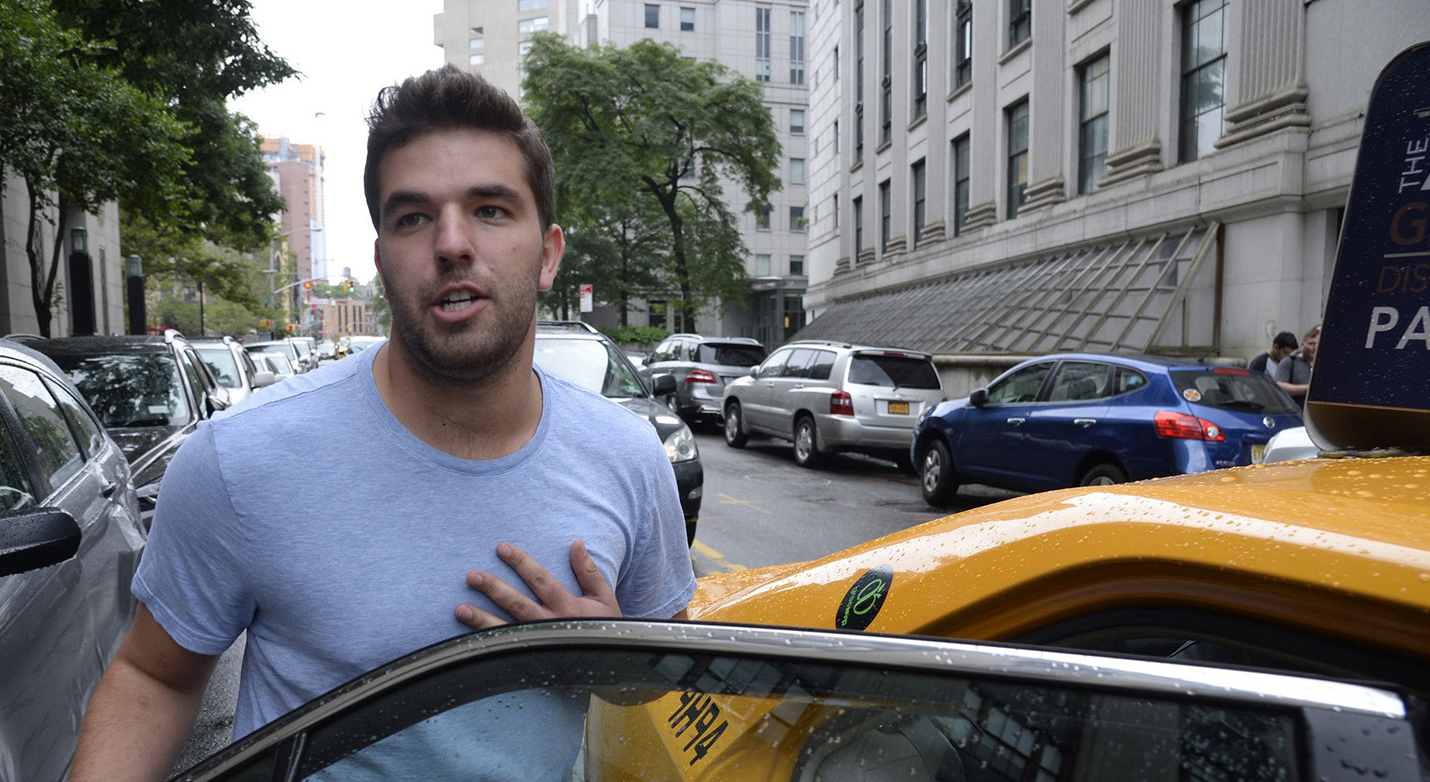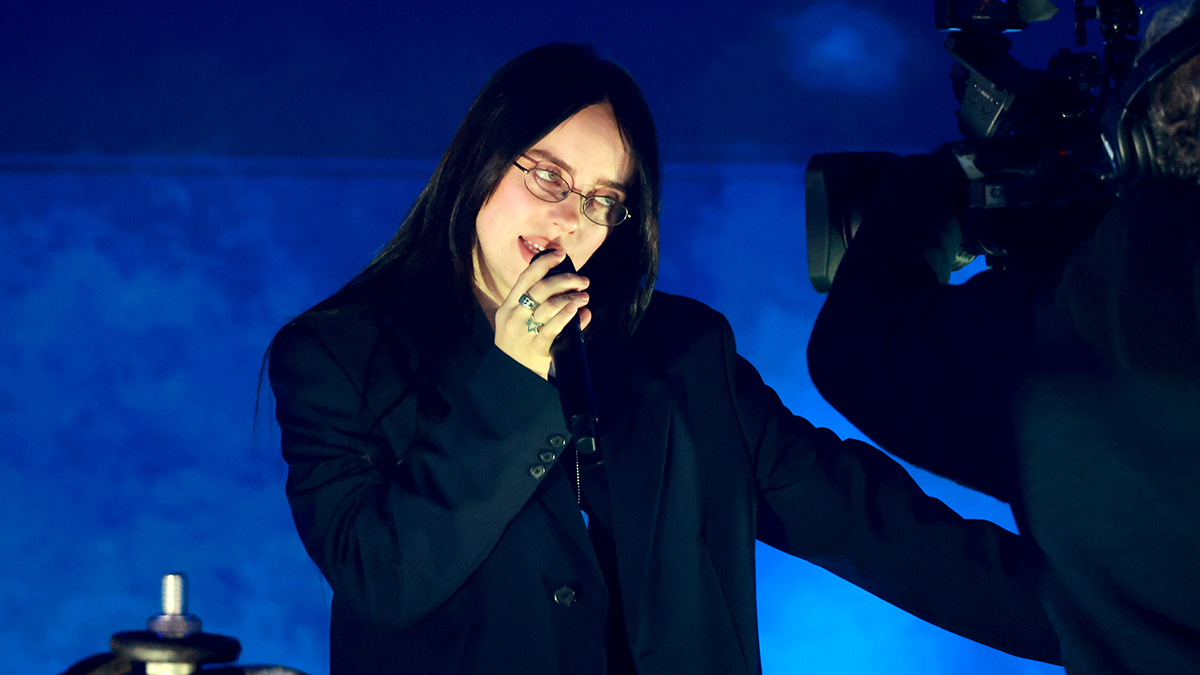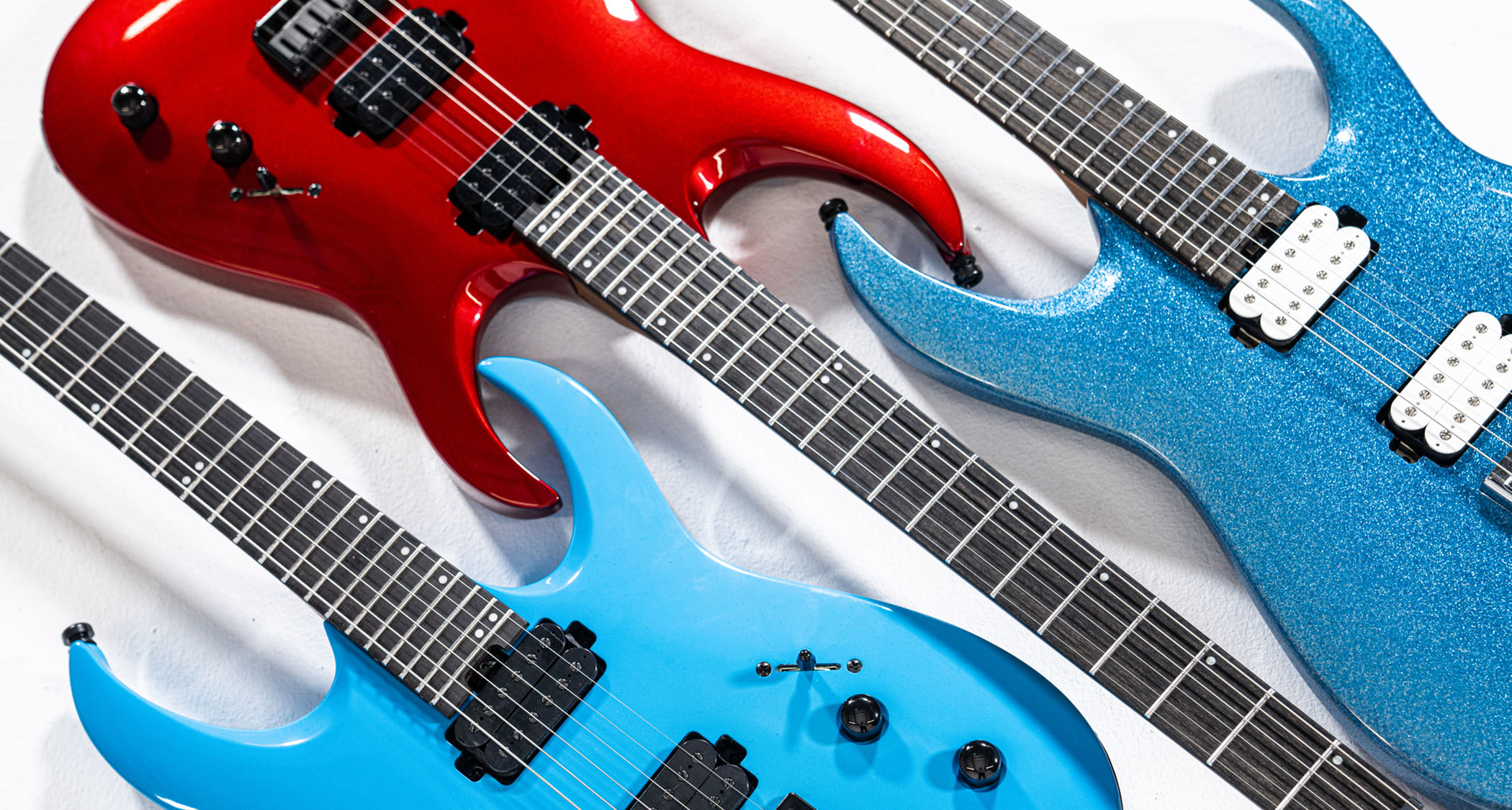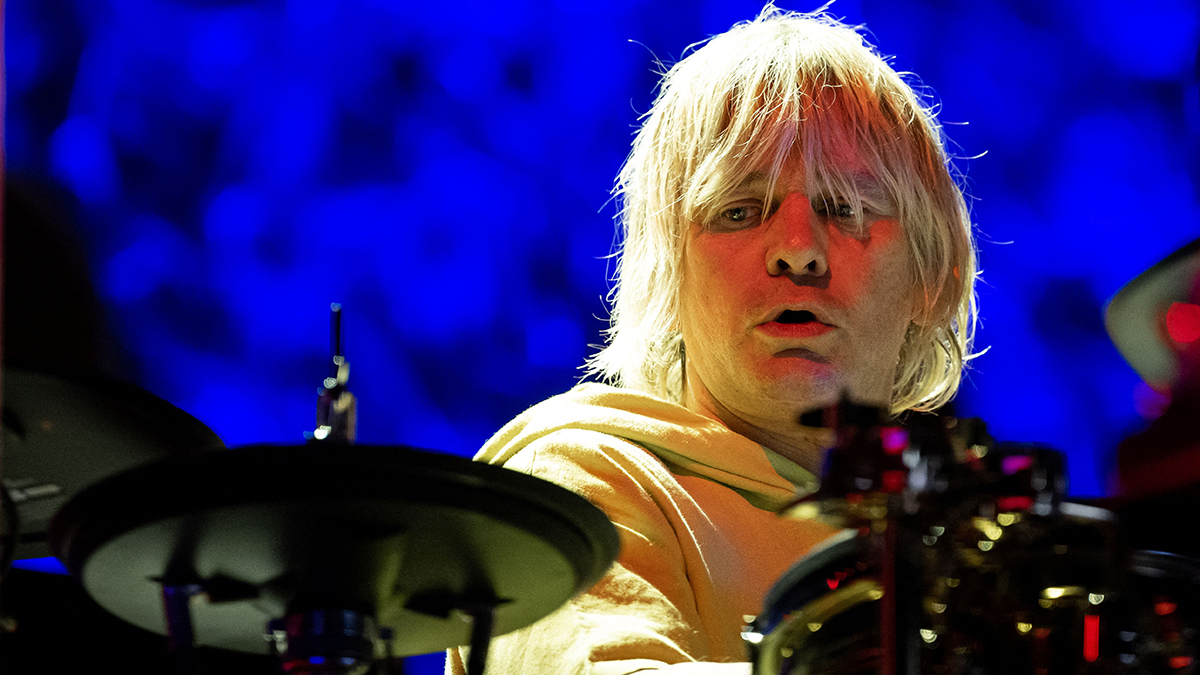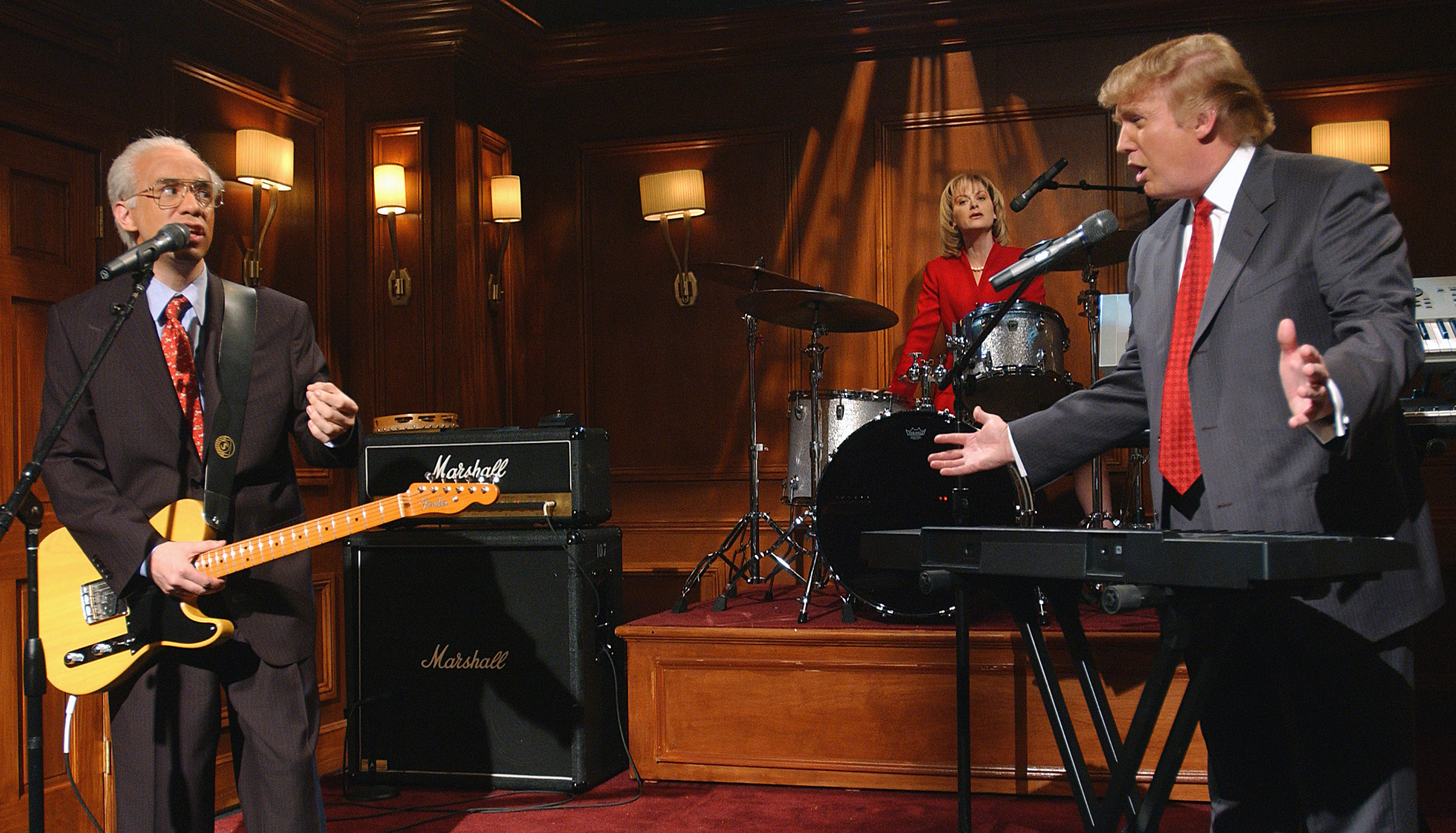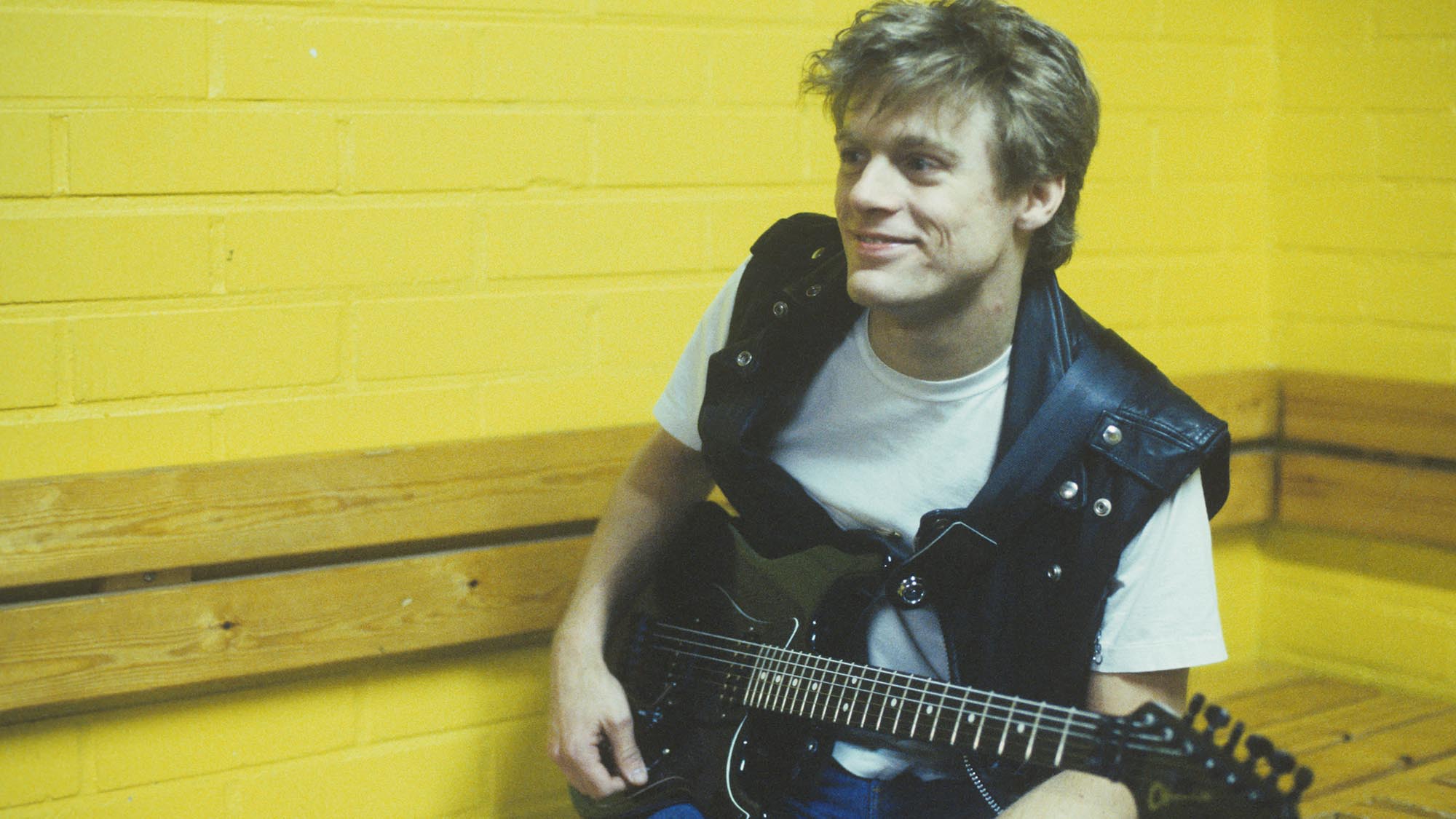“The whole history of Led Zeppelin is musical expansion”: Their monumental double album Physical Graffiti is 50 years old
It was Zeppelin's answer to The White Album and Electric Ladyland
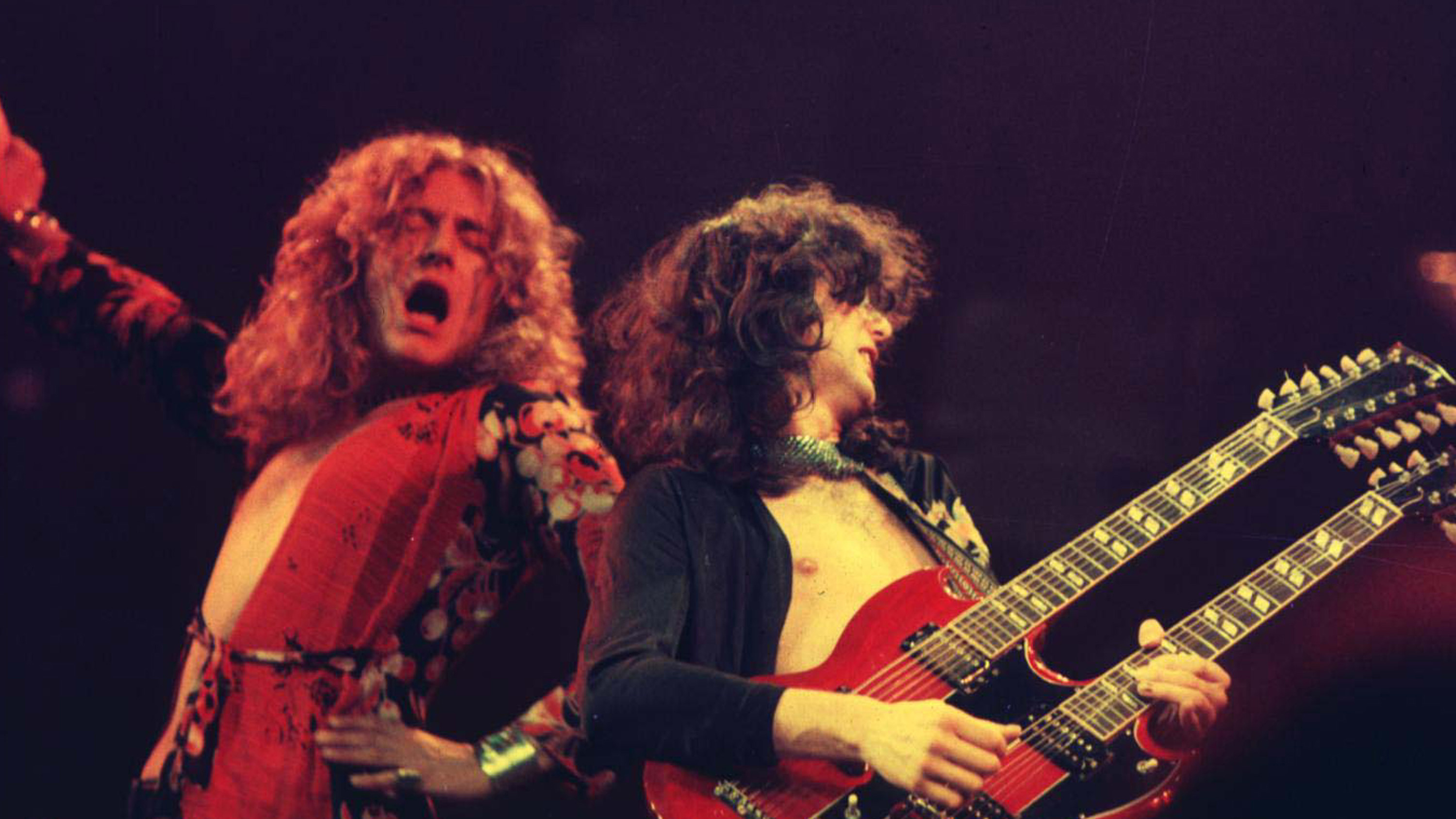
On 24 February 1975, Led Zeppelin’s Physical Graffiti was released. And after all these years, there is no greater symbol of Led Zeppelin’s power than this.
As a double album of studio material it is a classic of the form, equal to those from the dawn of the rock era in the late 1960s – The Beatles’ White Album, Bob Dylan’s Blonde On Blonde and The Jimi Hendrix Experience’s Electric Ladyland – and other milestones from the 1970s, such as The Rolling Stones’ Exile On Main St., The Who’s rock opera Quadrophenia and Pink Floyd’s The Wall.
As Zeppelin’s guitarist and leader Jimmy Page said: “The whole of the history of Led Zeppelin is musical expansion.” And in Physical Graffiti, the full scope of Zeppelin’s music was revealed. “It gives all the different colours and textures,” Page said.
The 15 tracks on Physical Graffiti were written and recorded over several years and at various locations.
Initially, in the first two months of 1974, the band cut eight new songs at Headley Grange in Hampshire, where much of their fourth album had been recorded. Among these new songs were a number of lengthy pieces – the longest, In My Time Of Dying, running to more than eleven minutes.
In all of this, they had more music than would fit on to a standard album. And instead of cutting back, the band’s “expansion”, as Page called it, was extended to a double album with the use of archive material.
What Page pulled out of the vaults for Physical Graffiti, in outtakes from previous albums, was astonishing.
Get the MusicRadar Newsletter
Want all the hottest music and gear news, reviews, deals, features and more, direct to your inbox? Sign up here.
The earliest, dating back to 1970 and the Led Zeppelin III sessions, was the serene acoustic guitar instrumental Bron-Yr-Aur, named after a cottage in a remote part of Wales where Page and singer Robert Plant would escape the madness of life in Led Zeppelin.
Three were three outtakes from Led Zeppelin IV, one of them, Boogie With Stu, a bit of fun, its title referring to guest star pianist and “sixth Rolling Stone” Ian Stewart. And three were cut from the 1973 album Houses Of The Holy, including that album’s groovy ‘lost’ title track.
This band was so good, even their leftovers were brilliant. But it was the material from 1974 that gave Physical Graffiti its real weight.
Crunching hard rock was delivered in the opening track Custard Pie, full of grinding sexual tension, and in The Wanton Song.
The title of Trampled Under Foot was apposite for its heavy funk stampede charge.
Ten Years Gone had heaviness of a different kind, a mournful, elegiac feel.
And in the three longest tracks were the cornerstones of this huge edifice: the cataclysmic In My Time Of Dying, the spellbinding In The Light, and most famous of all, Kashmir, the grandiose, Eastern-themed epic, a song as exalted as Stairway To Heaven before it.
Physical Graffiti was the first Zeppelin album to be released on the band’s own label Swan Song – another mark of their power. “Like all of our albums,” Page said, “it was important that it was exactly how it was.”
Every Led Zeppelin album was built to massive scale. Physical Graffiti was the biggest of them all.
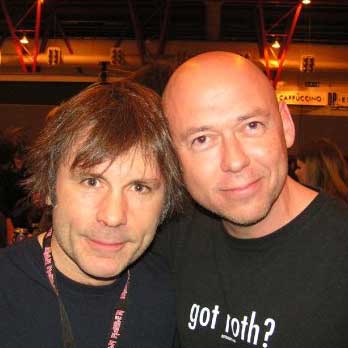
Paul Elliott has worked for leading music titles since 1985, including Sounds, Kerrang!, MOJO and Q. He is the author of several books including the first biography of Guns N’ Roses and the autobiography of bodyguard-to-the-stars Danny Francis. He has written liner notes for classic album reissues by artists such as Def Leppard, Thin Lizzy and Kiss. He lives in Bath - of which David Coverdale recently said: “How very Roman of you!”
You must confirm your public display name before commenting
Please logout and then login again, you will then be prompted to enter your display name.


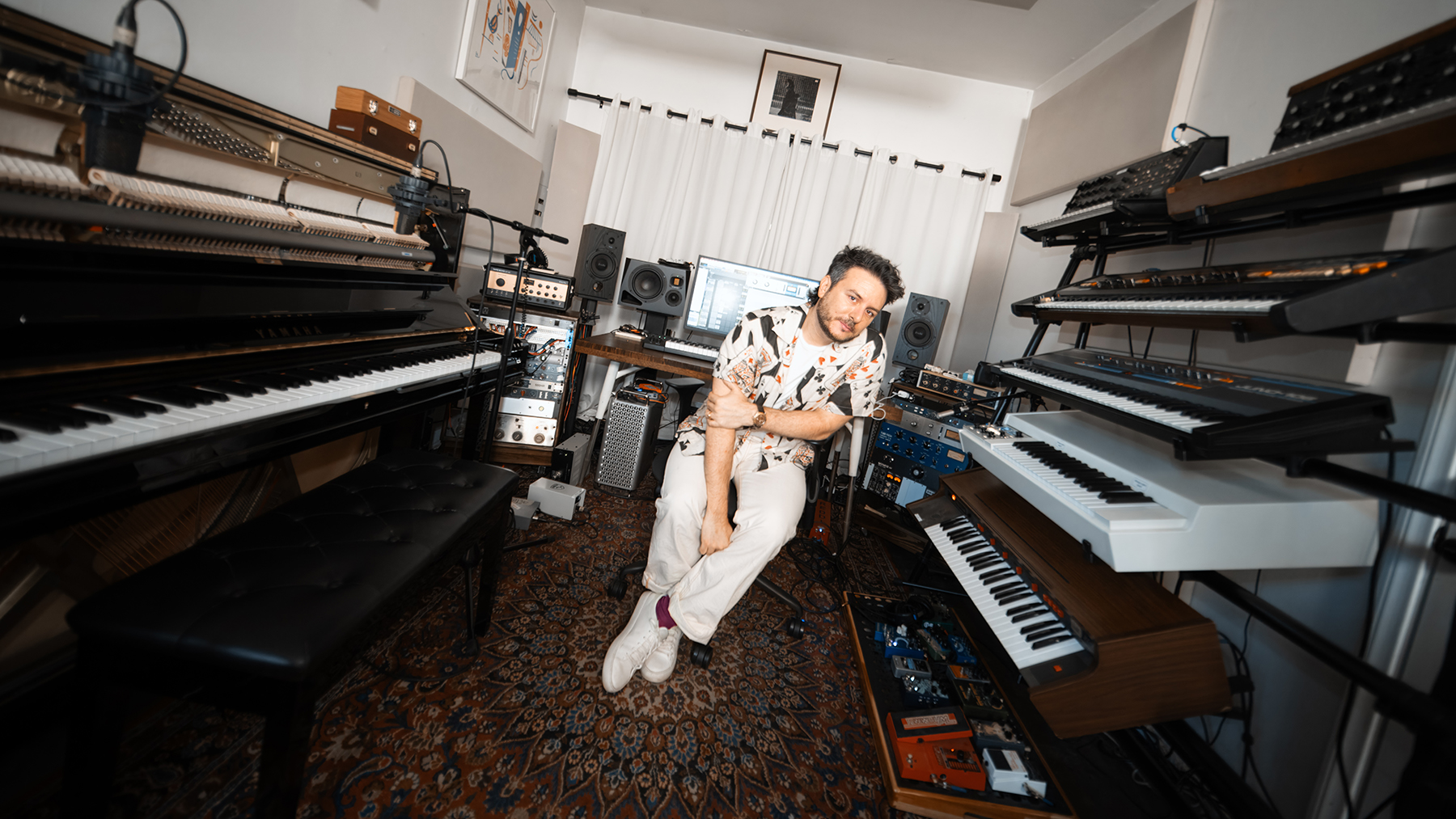
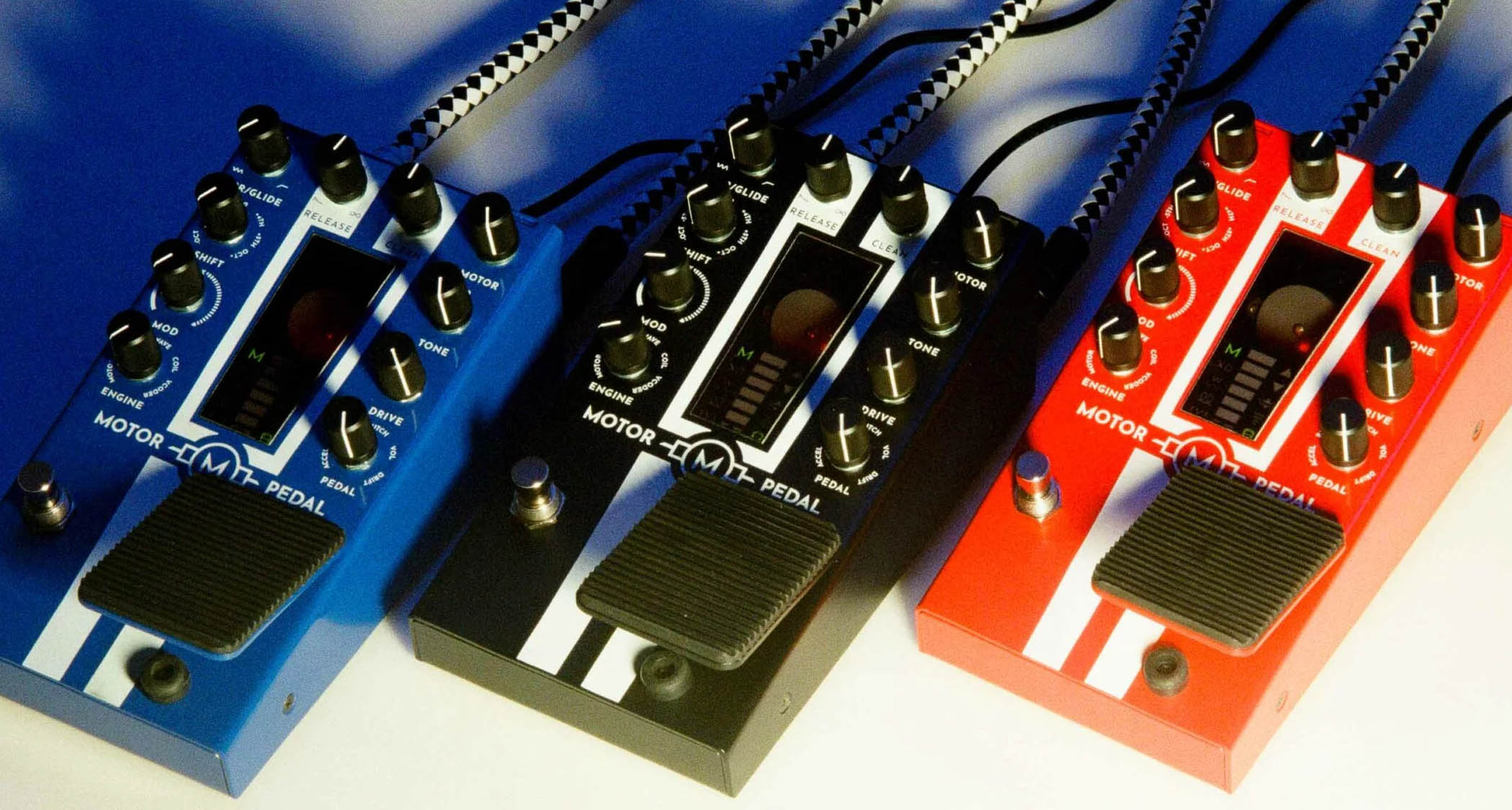
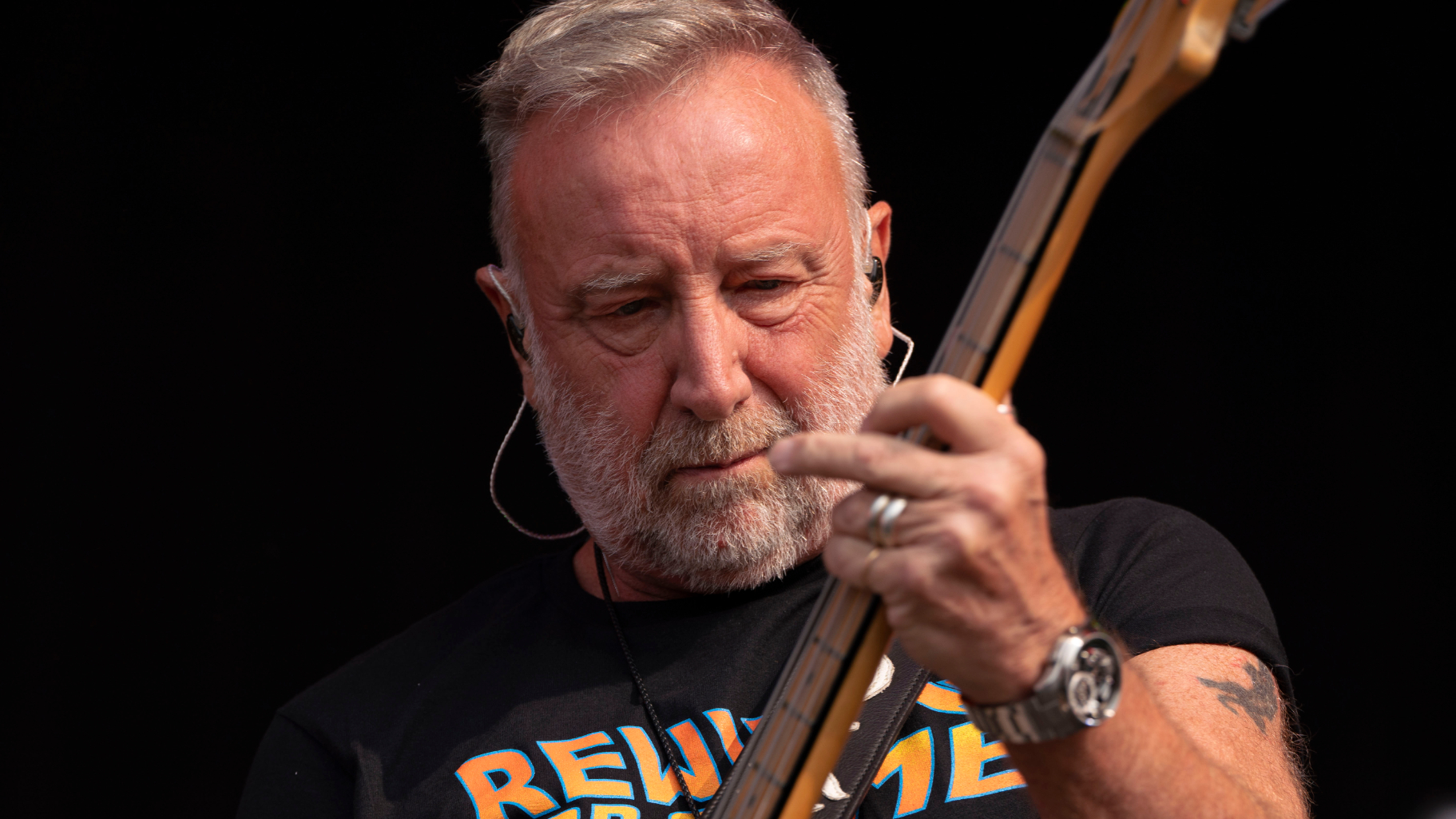
![PRS Archon Classic and Mark Tremonti MT 15 v2: the newly redesigned tube amps offer a host of new features and tones, with the Alter Bridge guitarist's new lunchbox head [right] featuring the Overdrive channel from his MT 100 head, and there's a half-power switch, too.](https://cdn.mos.cms.futurecdn.net/FD37q5pRLCQDhCpT8y94Zi.jpg)
